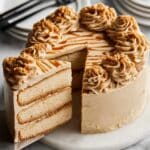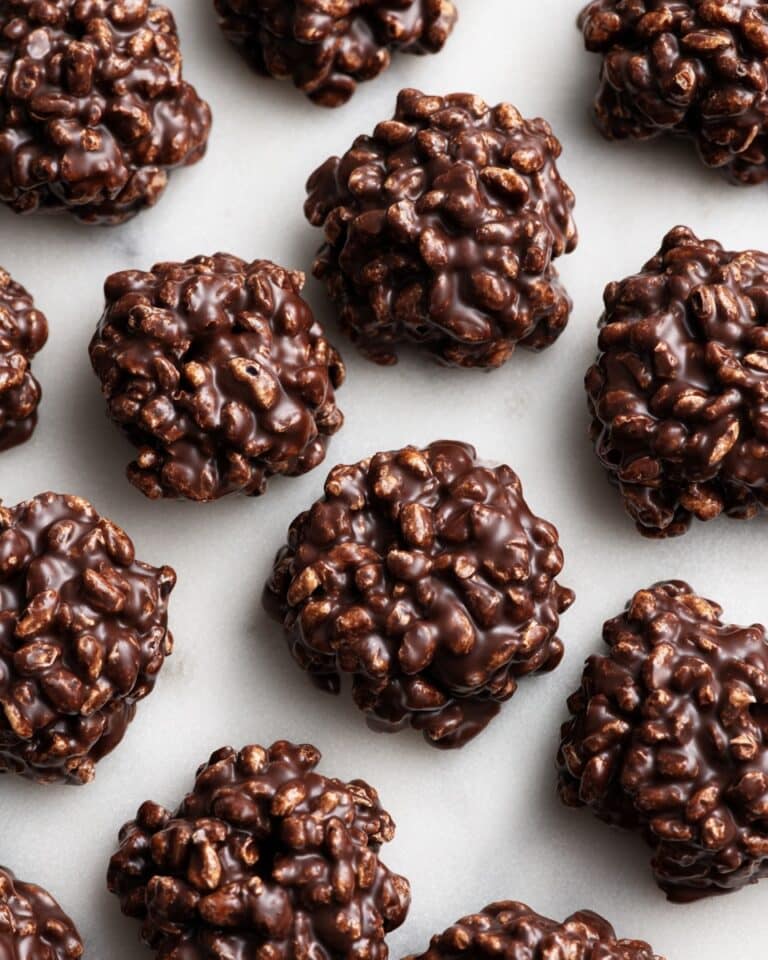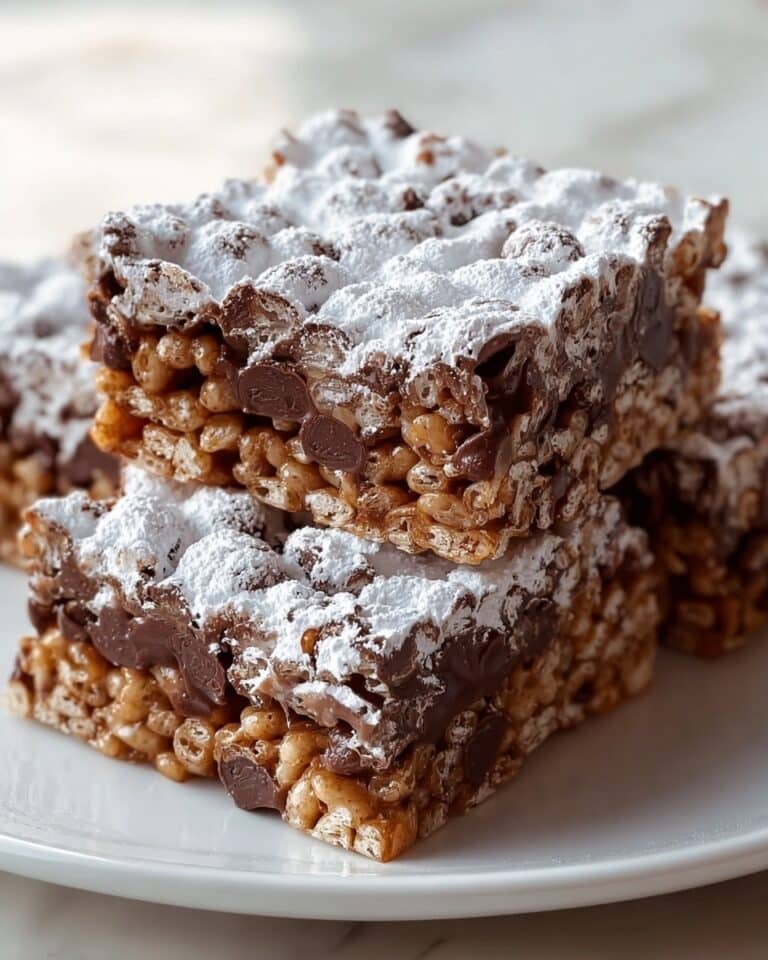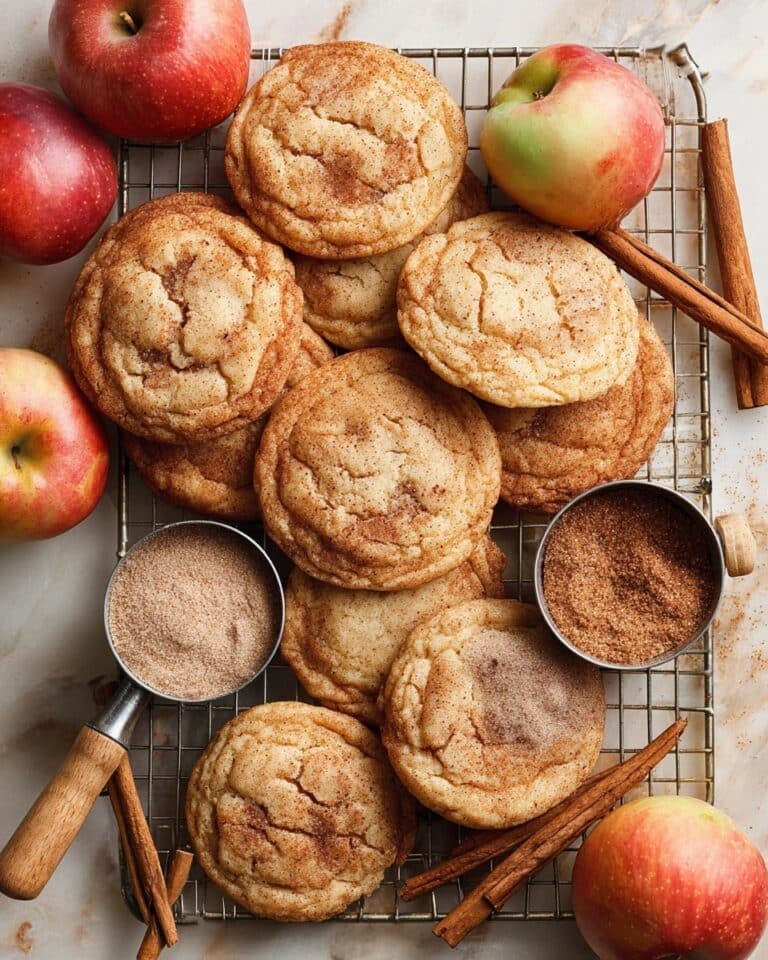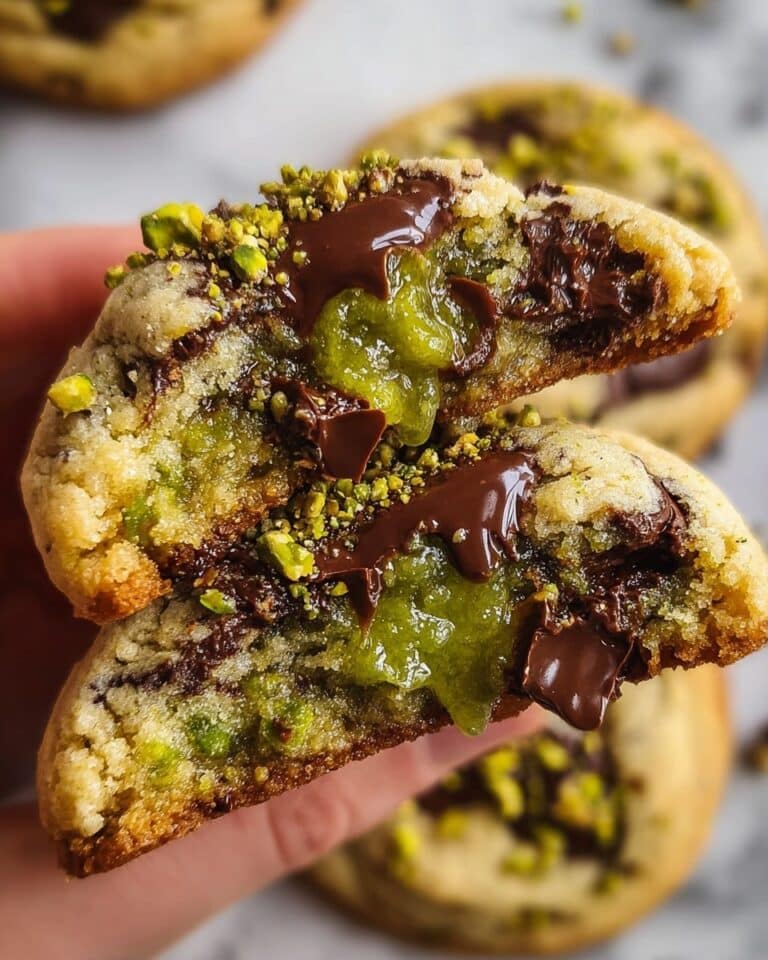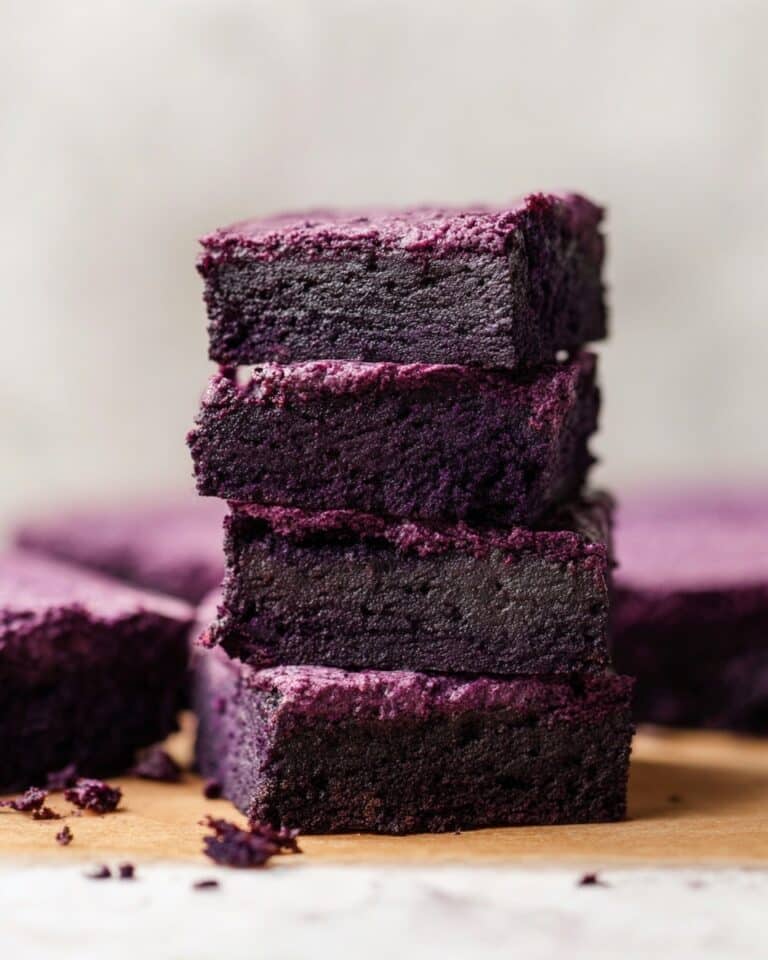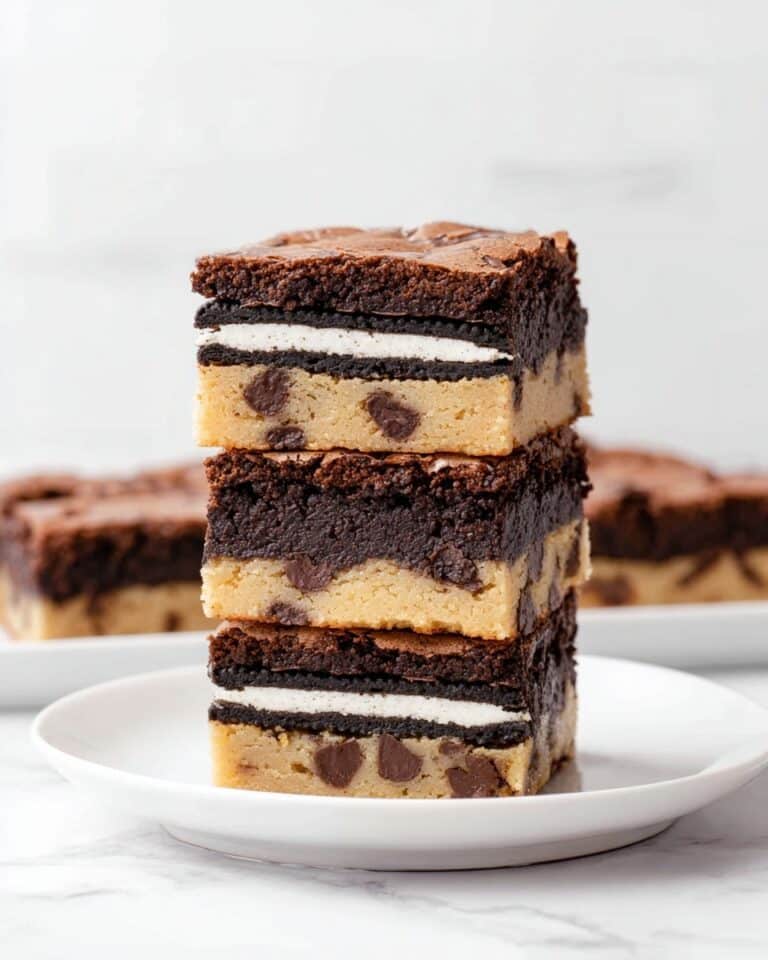Biscoff Cake Recipe
Introduction
This Biscoff Cake is a decadent treat that perfectly balances the rich, spiced flavor of cookie butter with a moist, tender crumb. It’s a delightful dessert for any occasion, featuring layers of fluffy cake, luscious Biscoff buttercream, and a crunchy cookie crumb topping.
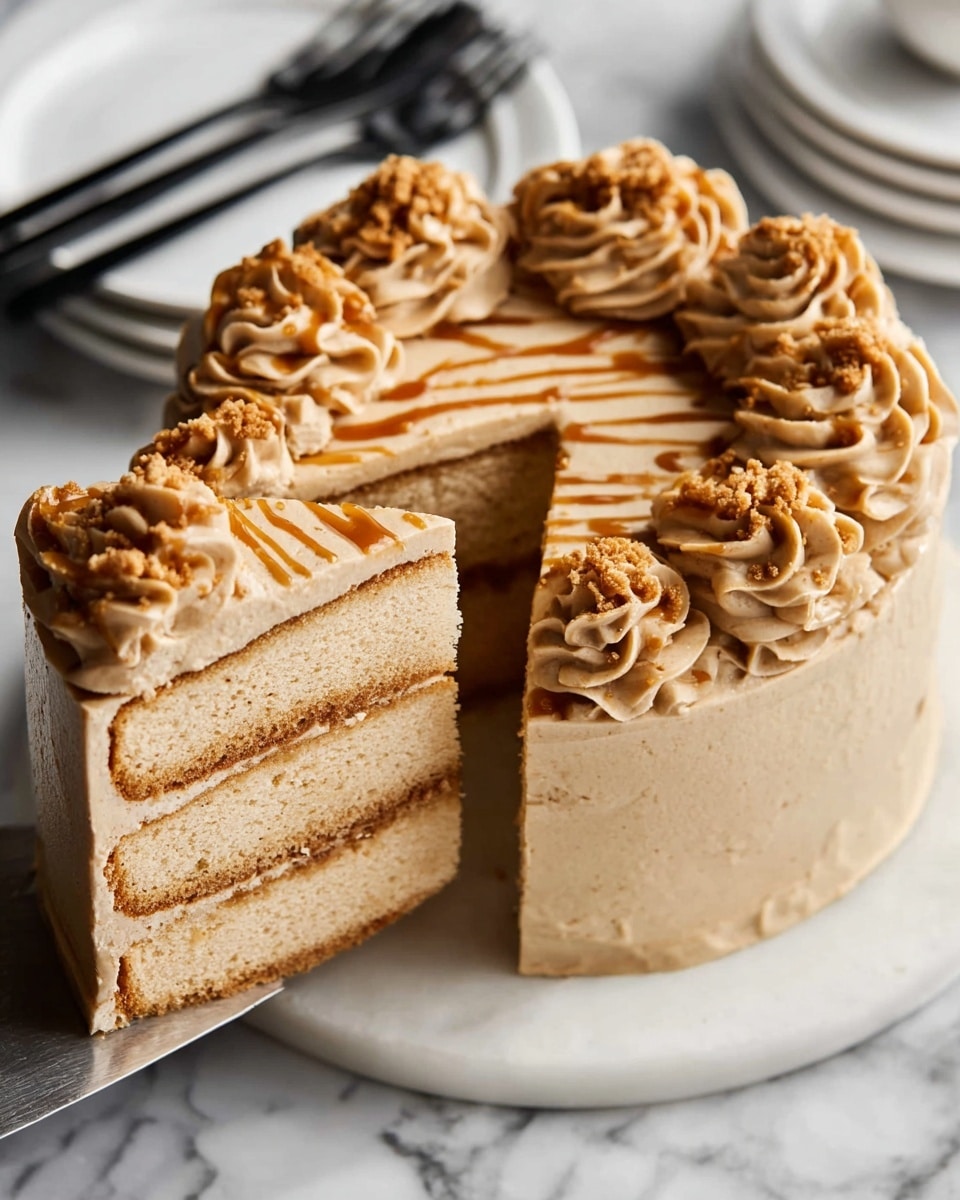
Ingredients
- 2/3 cup unsalted butter, room temperature (150 grams)
- 1 cup granulated sugar (200 grams)
- 1 teaspoon vanilla extract
- 3 large eggs, room temperature
- 2 tablespoons sour cream (30 grams)
- 14 oz container cookie butter, divided (400 grams)
- 2 cups all-purpose flour (250 grams)
- 2 teaspoons baking powder
- 1 teaspoon kosher salt
- ¾ cup whole milk, room temperature (180 ml)
- ½ cup unsalted butter, slightly cold (115 grams)
- 2 ½ – 3 ½ cups powdered sugar (300-440 grams)
- ½ cup cookie butter, reserved from above (120 grams)
- 2-3 tablespoons milk (any kind)
- 2 Biscoff cookies, crushed (optional)
Instructions
- Step 1: Preheat the oven to 350°F (175°C). Line the bottoms of two 8-inch cake pans with parchment paper and spray them with nonstick spray. Set aside.
- Step 2: In a large mixing bowl, cream together the room temperature unsalted butter and granulated sugar using electric beaters or a stand mixer fitted with the paddle attachment until the mixture is light and fluffy.
- Step 3: Add the vanilla extract, then add the eggs one at a time, mixing until fully combined after each addition. Stir in the sour cream and half of the cookie butter (about ½ cup) until well blended.
- Step 4: In a separate bowl, whisk together the all-purpose flour, baking powder, and kosher salt.
- Step 5: With the mixer on low speed, alternate adding the dry ingredients and the milk to the wet mixture, beginning and ending with the dry ingredients. Mix just until combined.
- Step 6: Divide the batter evenly between the prepared cake pans. Bake for 22-27 minutes, or until a toothpick inserted into the center comes out clean or with a few moist crumbs.
- Step 7: Let the cakes cool in the pans for a few minutes, then invert them onto wire racks to cool completely.
- Step 8: For the frosting, combine the slightly cold unsalted butter, 2 ½ cups powdered sugar, and the reserved ½ cup of cookie butter in a stand mixer fitted with the paddle attachment. Mix until smooth and creamy. Add 2 to 3 tablespoons of milk and more powdered sugar as needed to reach a fluffy but spreadable consistency. Beat for several minutes.
- Step 9: Melt the remaining cookie butter from the container in the microwave for a few seconds until runny. Place one cake layer on a serving plate. Spread a thin layer of frosting on top, then smooth most of the melted cookie butter over it, leaving a 1-inch border around the edge. Reserve a spoonful of melted cookie butter for drizzling later.
- Step 10: Place the second cake layer on top. Pipe a line of frosting into the gap between the layers. Cover the entire cake with a thin crumb coat of frosting. Chill in the fridge for 20 minutes or freeze for 10 minutes. Then, apply a final, thicker layer of frosting.
- Step 11: Decorate by piping large frosting swirls around the top edge of the cake. Drizzle the reserved melted cookie butter over the top in lines. Sprinkle crushed Biscoff cookie crumbs on top if desired.
Tips & Variations
- For extra flavor, try adding a pinch of cinnamon or nutmeg to the dry ingredients.
- Use salted butter in the frosting if you prefer a slightly saltier contrast to the sweet cookie butter.
- Swap sour cream for Greek yogurt if you want a lighter tang.
- The cake pairs beautifully with a dusting of cocoa powder or a handful of chopped nuts for added texture.
Storage
Store the cake covered in the refrigerator for up to 4 days. Let it come to room temperature before serving for the best texture and flavor. Leftover cake can be frozen for up to 2 months; thaw overnight in the fridge before enjoying. Reheat slices briefly in the microwave if you prefer it warm.
How to Serve
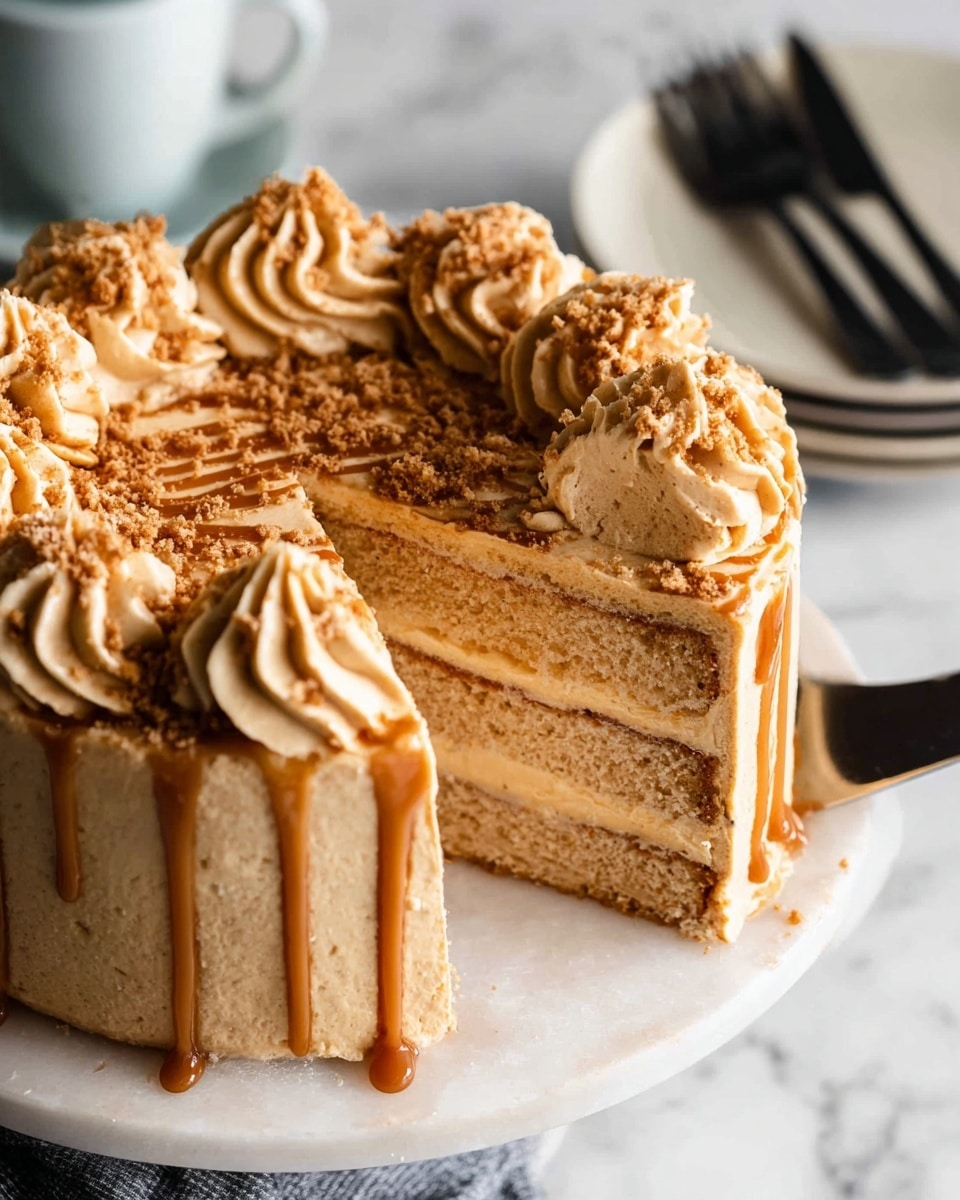
Serve this delicious recipe with your favorite sides.
FAQs
Can I use regular peanut butter instead of cookie butter?
Peanut butter has a different flavor and texture, so it will change the taste of the cake. Cookie butter offers a unique spiced sweetness that’s hard to replicate, but you can experiment if you like.
Is it necessary to let the eggs and milk come to room temperature?
Yes, using room temperature eggs and milk helps create a smoother batter and ensures more even baking, resulting in a lighter, fluffier cake.
PrintBiscoff Cake Recipe
This decadent Biscoff Cake combines the rich, creamy flavor of cookie butter with a moist, tender cake base. Layered with luscious Biscoff frosting and finished with crushed Lotus Biscoff cookies, this cake is a perfect treat for fans of the beloved cookie butter spread. Ideal for celebrations or as a sweet indulgence, it delivers a delightful blend of buttery, spiced sweetness in every bite.
- Prep Time: 20 minutes
- Cook Time: 25 minutes
- Total Time: 1 hour
- Yield: 8 servings 1x
- Category: Dessert
- Method: Baking
- Cuisine: American
Ingredients
Cake:
- 2/3 cup unsalted butter, room temperature (150 grams)
- 1 cup granulated sugar (200 grams)
- 1 teaspoon vanilla extract
- 3 large eggs, room temperature
- 2 tablespoons sour cream (30 grams)
- 14 oz container cookie butter, divided (400 grams)
- 2 cups all-purpose flour (250 grams)
- 2 teaspoons baking powder
- 1 teaspoon kosher salt
- 3/4 cup whole milk, at room temperature (180 ml)
Frosting:
- 1/2 cup unsalted butter, slightly cold (115 grams)
- 2 1/2 – 3 1/2 cups powdered sugar (300–440 grams)
- 1/2 cup cookie butter (120 grams, from the container above)
- 2–3 tablespoons milk (any kind)
Decoration:
- Remaining melted cookie butter for drizzling
- 2 Biscoff cookies, crushed (optional)
Instructions
- Preheat and Prepare Pans: Preheat your oven to 350 degrees F. Line the bottoms of two 8-inch cake pans with parchment paper and spray them with nonstick spray to prevent sticking. Set aside.
- Cream Butter and Sugar: In a large bowl, use electric beaters or a stand mixer fitted with the paddle attachment to cream together the room temperature butter and granulated sugar. Whip for a few minutes until the mixture is light and fluffy to create a smooth base for your cake batter.
- Add Eggs, Vanilla, Sour Cream, and Cookie Butter: Mix in the vanilla extract, then add the eggs one at a time, fully incorporating each before adding the next. Stir in the sour cream and half (1/2 cup) of the cookie butter until the mixture is well combined.
- Mix Dry Ingredients: In a separate bowl, whisk together the all-purpose flour, baking powder, and kosher salt, ensuring an even distribution of the leavening and seasoning.
- Combine Dry Ingredients and Milk: With the mixer on low speed, alternately add the dry mixture and whole milk to the wet ingredients, starting and ending with the dry mixture. Mix just until combined, ensuring a smooth, lump-free batter.
- Bake the Cake Layers: Divide the batter evenly between the prepared cake pans. Bake in the preheated oven for 22-27 minutes, or until a toothpick inserted in the center comes out clean or with a few moist crumbs attached.
- Cool Cakes: Let the cakes cool in their pans for several minutes before inverting them onto wire racks to cool completely. This prevents the cakes from breaking and helps set their texture.
- Prepare Frosting: In a stand mixer fitted with the paddle attachment, combine the slightly cold butter, 2 1/2 cups powdered sugar, and the reserved 1/2 cup cookie butter. Mix until smooth. Add milk a tablespoon at a time and additional powdered sugar as needed to reach a fluffy yet thick and spreadable consistency.
- Assemble Cake: Gently melt the remaining cookie butter in the microwave for a few seconds until it is runny (remove the aluminum seal first). Place one cake layer on a serving plate or cake board. Spread a thin, even layer of frosting on top, then smooth most of the melted cookie butter over it, leaving about a one-inch border around the edges. Reserve a spoonful of cookie butter for drizzling at the end.
- Stack Layers and Crumb Coat: Top with the second cake layer. Pipe a line of frosting into any cracks between the two layers to fill gaps. Frost the entire cake lightly with a thin layer of frosting to seal in crumbs (crumb coat). Chill the cake in the fridge for 20 minutes or in the freezer for 10 minutes to set the crumb coat.
- Final Frosting and Decoration: Apply a final, even layer of frosting over the crumb coat. Pipe large decorative swirls of frosting around the outer top edge of the cake. Drizzle the reserved melted cookie butter across the top in lines, then sprinkle crushed Lotus Biscoff cookie crumbs over the surface for texture and added flavor.
Notes
- Ensure all dairy ingredients are at room temperature for better mixing and texture.
- Do not overmix the batter once you add the dry ingredients to keep the cake tender.
- You can adjust the powdered sugar in the frosting based on your preferred sweetness and consistency.
- Crushed Biscoff cookies are optional but add a nice crunch and decoration.
- Store the cake in the refrigerator and bring to room temperature before serving for best flavor and texture.
Keywords: Biscoff cake, cookie butter cake, Lotus Biscoff dessert, layered cake, homemade cake, creamy frosting, spiced cookie cake

